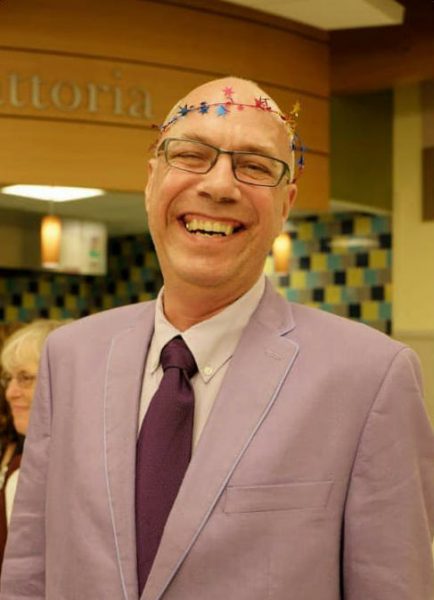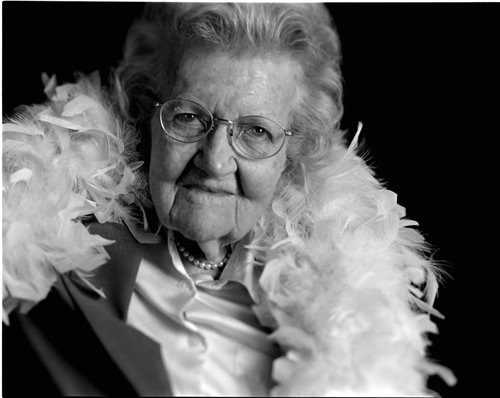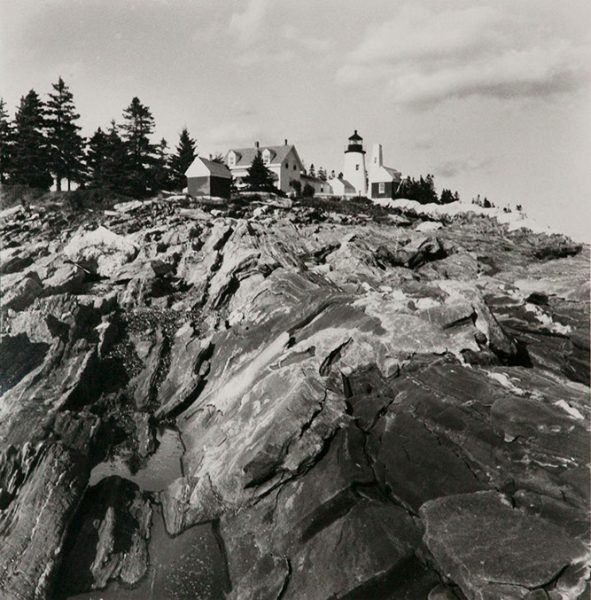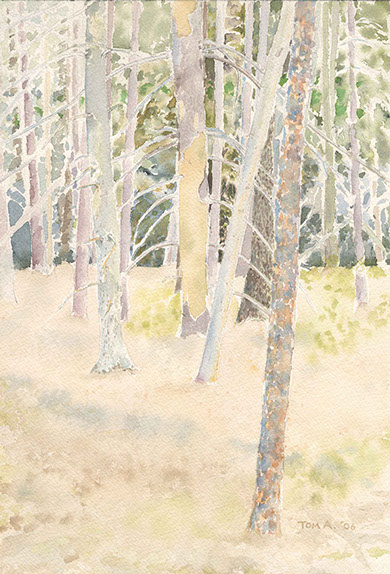The first documented case of AIDS was reported in Los Angeles, California in 1981. Back then, someone who was newly diagnosed might not survive even a few months. New medications were developed in the 90s that helped slow the progression of the disease but did not offer a cure.
Today, another generation of medications called antiretrovirals has led to a dramatic decline in the number of people who are dying of AIDS. Or put another way, a dramatic increase in the number of people who are living longer healthier lives.
Tom Antonik is one of those people. In 1986, Tom found out he was HIV positive. A year later he was diagnosed with AIDS. He thought it was a death sentence, for sure. But here he is 33 years later at the age of 63, still alive and doing well. I interviewed Tom many times back in the 80s and 90s. He wanted to make a difference, to help break the stigma against people living with HIV/AIDS. He is still trying to make a difference.
Listen to my conversation with Tom
Where else you can find and subscribe to the podcast
- Apple Podcasts
- Stitcher
- Google Play
- Spotify
- iHeartRadio
- RadioPublic
- Check your favorite listening app. (Search for Catching Health with Diane Atwood)
Read a transcript of our conversation
Some pictures of Tom, his photography and his art






Who’s next?
Conversations About Aging airs every other Monday. My next conversation is with Loring Newcomb, who is 94. He lives in an apartment in a senior living community where he has lots of friends who look out for each other. He still drives and works out at the gym as often as possible. Life hasn’t always been easy, but he has a great attitude.
Suggestions?
If you have any suggestions for people I should consider interviewing or you’re aware of a helpful aging resource in your community, let me know. In addition to the podcast, I intend to blog about what various communities, organizations, and individuals are doing to provide age-friendly services, support, and connection here in Maine. The best way to get in touch is to send me an email. Thank you!

Leave A Comment